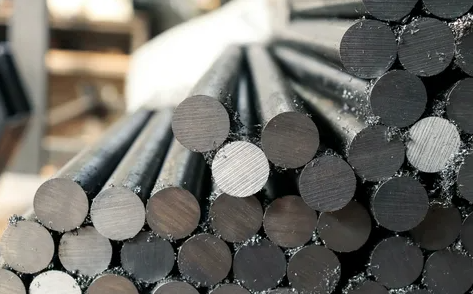In many parts of the world, the outlook for steel demand growth is rather modest. However, the region that continues to resist this trend is Southeast Asia. This area is a steadily developing market. All ASEAN countries recorded positive growth in 2018 - with similar forecasts expected this year. Increased activity in the construction sector continues to catalyze growth in steel demand.
Last year saw a double-digit percentage increase in ASEAN steel production. Expansion of local capacity, such as Vietnamese steelmaker Formosa Ha Tinh Steel Corporation, helped in part to support regional production growth. However, Southeast Asia continues to be a significant region for net imports of metal products, with China being the main source of supplies.
Despite the slowdown in the domestic market, Chinese steelmakers continue to produce record amounts of steel. As a result, Chinese factories will inevitably turn their attention to traditional export markets like ASEAN to sell their surplus stocks. In an increasingly competitive environment, both locally and from other steel exporting countries such as Turkey, Russia and India, MEPS expects Chinese producers to lower their export prices to maintain their market share in the region. This could have a dampening effect on values across the region for the remainder of the year.
At a recent Southeast Asian Iron and Steel Institute event in Bangkok, conference participants agreed that steel producers in ASEAN may not benefit from increased regional consumption due to fierce foreign competition. Several steelmakers in Southeast Asia have successfully petitioned for trade protection measures. However, this largely failed to stop the flow of imports into the region. In particular, Chinese, Japanese and South Korean manufacturers continue to actively invest in steel production in the region. However, it has been reported that this level of foreign interference could be detrimental to regional businesses.
Steel prices in Southeast Asia are expected to come under negative pressure in the coming months. This is partly due to the likelihood of lower prices for import offers from Far Eastern suppliers, in particular from China. In the longer term, MEPS predicts that the ASEAN region will continue to be an attractive proposition for traditional steel exporters, despite projected stagnation in most steel consuming countries.
Fierce competition in the growing steel market in Southeast Asia

|
|
Azovpromstal® 2 July 2019 г. 12:03 |





